Authored by William Lighter
ISA Certified Arborist
C & H LANDSCAPES CORPORATION
Did you know that over 20% of workplace injuries in the U.S. are related to tree care and arboriculture? This startling statistic highlights the critical necessity for comprehensive arboriculture safety training. In this article, we will explore the significance of safety training in arboriculture, address common misconceptions, and provide actionable insights to enhance safety protocols for arborists.
Overview of Arboriculture Safety Training
Defining Arboriculture Safety Training
Arboriculture safety training refers to specialized educational programs designed to equip arborists with the necessary skills and knowledge to perform tree care work safely. This type of training covers best practices in tree climbing, chainsaw operation, and hazard identification to minimize the risk of accidents on the job. Effective training also emphasizes the importance of using appropriate personal protective equipment (PPE) such as helmets, gloves, and harnesses.
Key Statistics on Arboriculture Safety
Understanding the impact of safety training in arboriculture is underscored by industry statistics. According to Occupational Safety and Health Administration (OSHA) reports, incidents involving chainsaws and falls are among the leading causes of injuries and fatalities in this sector. Regular safety training can significantly reduce these risks, but many individuals still operate without sufficient knowledge or equipment, leading to preventable accidents.
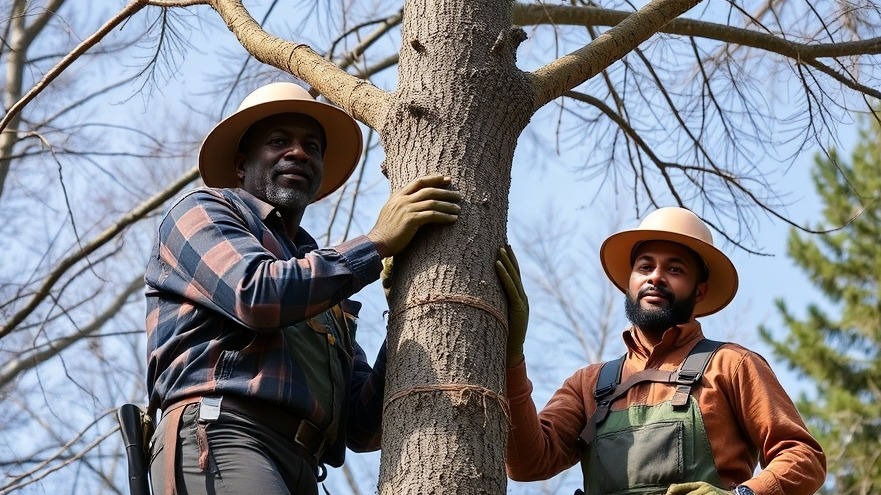
Challenges in Arboriculture Safety Training
Access to Training for Spanish Speakers
As William Lighter, a certified arborist at C & H Landscapes Corporation, points out, this lack of multilingual resources may put countless workers at unnecessary risk. To ensure safety and equity in the field, training providers must prioritize the development of inclusive, multilingual education materials.
Moreover, in his work teaching and lecturing, primarily to audiences of ISA Certified Arborists®, he has observed a striking disconnect in the field. In the Philadelphia metro area, less than 10% of tree care work is performed by ISA Certified Arborists®. This means that the vast majority—approximately 90%—of tree pruning, removals, and related work is done by black- and brown-complexioned workers, most of whom are employed by companies with no credentialed arborists on staff.
During a previous role overseeing the work of more than 10 tree service companies, he saw firsthand that while the business owners were often aware of credentialing, their employees—predominantly people of color—were not. A significant barrier contributing to this disconnect is the limited access to training resources for Spanish-speaking arborists. Many essential safety materials are not available in Spanish, leaving a large segment of the workforce vulnerable due to language gaps.
Common Risks Faced by Arborists
Arborists encounter various risks daily, from using heavy machinery to navigating hazardous environments while working at heights. Common hazards include falls from trees, being struck by falling branches, and injuries from improper handling of equipment like chainsaws. According to estimates, nearly 200 fatalities occur annually in the landscaping industry, shedding light on the importance of ongoing safety training and adherence to safety regulations.
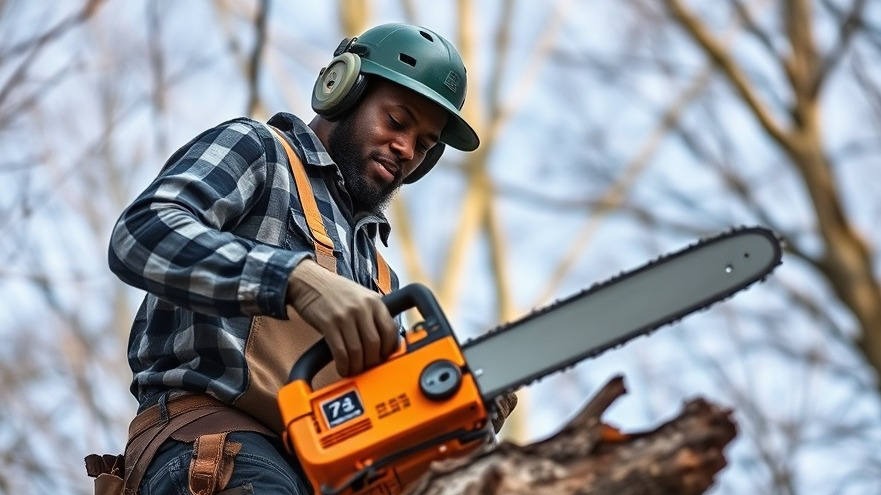
Best Practices for Arboriculture Safety Training
Effective Training Methods
To optimize the effectiveness of arboriculture safety training , various methods can be implemented. Hands-on demonstrations are crucial, allowing trainees to experience real-world scenarios under the supervision of experienced instructors. Incorporating technological tools, such as virtual reality simulations, can also enhance understanding and retention of safety practices by replicating perilous environments in a controlled setting.
Incorporating Safety Equipment in Training
Integrating the use of safety equipment into training programs is vital for instilling best practices among trainees. Training should emphasize the importance of inspecting and correctly using PPE like harnesses and helmets. William Lighter recommends a multi-step approach to training, whereby arborists routinely practice using safety equipment alongside their technical skills, solidifying the habit of prioritizing safety in all aspects of their jobs.
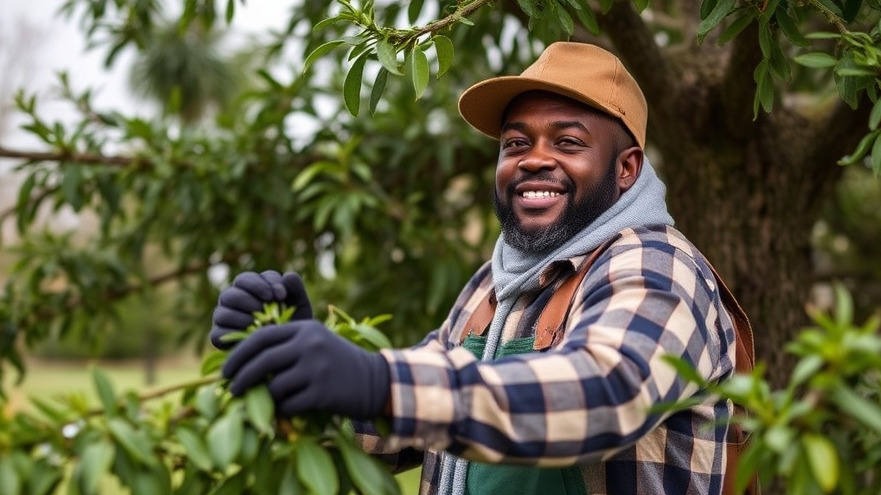
Expert Insights on Arboriculture Safety Training
"A lot of workers are doing things that put them at risk," William Lighter, a certified arborist at C & H Landscapes, says, emphasizing the urgent need for quality training and proper equipment to reduce accidents in the field.
Recommendations from Industry Experts
Industry experts suggest that ongoing safety training should be mandatory in arboriculture. Regular recertification courses can ensure that arborists stay current with best practices and technology advancements. Sharing real-life experiences and lessons learned can foster a culture of safety and alertness, where every worker is consistently reminded of their responsibility towards personal safety and that of their colleagues.
Common Misconceptions in Arboriculture Safety
Debunking Myths about Arborist Training
There are numerous myths regarding arboriculture safety training , particularly the misconception that formal training is unnecessary for experienced arborists. It is essential to understand that new risks and techniques emerge regularly in the field. Continuous education is crucial for staying safe and informed.
Clarifying Facts about Safety Risks
Another common belief is that safety equipment is optional. In reality, using proper safety gear is not just advisable; it is essential. Equipment like helmets, eye protection, and harnesses reduces the risk of severe injuries or fatalities during tree work. Understanding the facts around safety equipment helps dispel myths that can lead to unsafe practices.
Actionable Tips for Arborists
Implementing Safety Protocols
Establishing and adhering to safety protocols is fundamental for any arborist. This may include conducting daily safety checks and creating comprehensive emergency plans. An organizational culture woven around safety will encourage workers to remain vigilant and prioritize their well-being while on the job.
Continuous Education and Training
Emphasizing the need for continuous education in safety protocols is critical. Regular training updates, workshops, and safety refresher courses can help reinforce knowledge and skills among arborists. Additionally, learning from past incidents and engaging in discussions around safety can foster community awareness and responsibility.
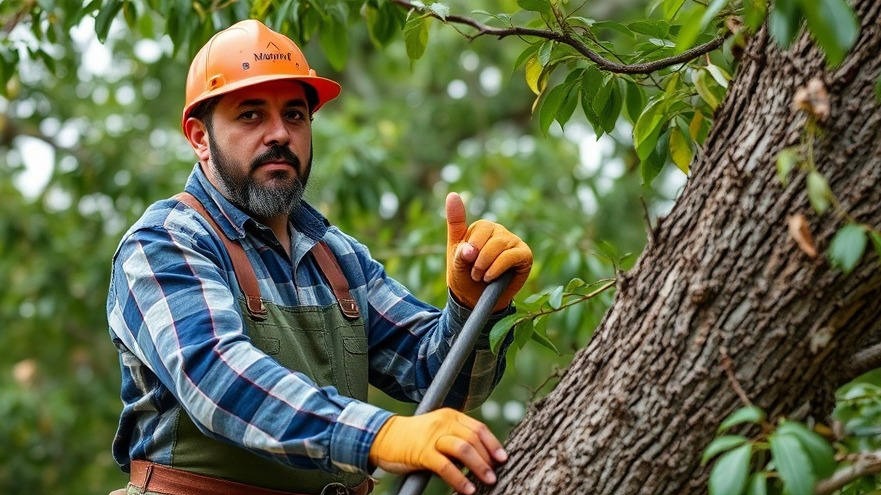
The Future of Arboriculture Safety Training
The Importance of Ongoing Training
The future of arboriculture safety training is centered around continuous improvement and adaptability. Incorporating feedback from workers and trainers can play a significant role in ensuring training programs remain relevant and effective. With advancements in technology and safety equipment, training must evolve to meet the industry's needs.
Arborists are encouraged to take an active role in their safety education. Pursuing formal training, staying informed about the latest industry standards, and advocating for comprehensive safety measures in their organizations can help cultivate a safer work environment for everyone.
Questions? Contact William Lighter, ISA Certified Arborist from C & H LANDSCAPES CORPORATION today at 215-436-0268.
 Add Row
Add Row  Add
Add 

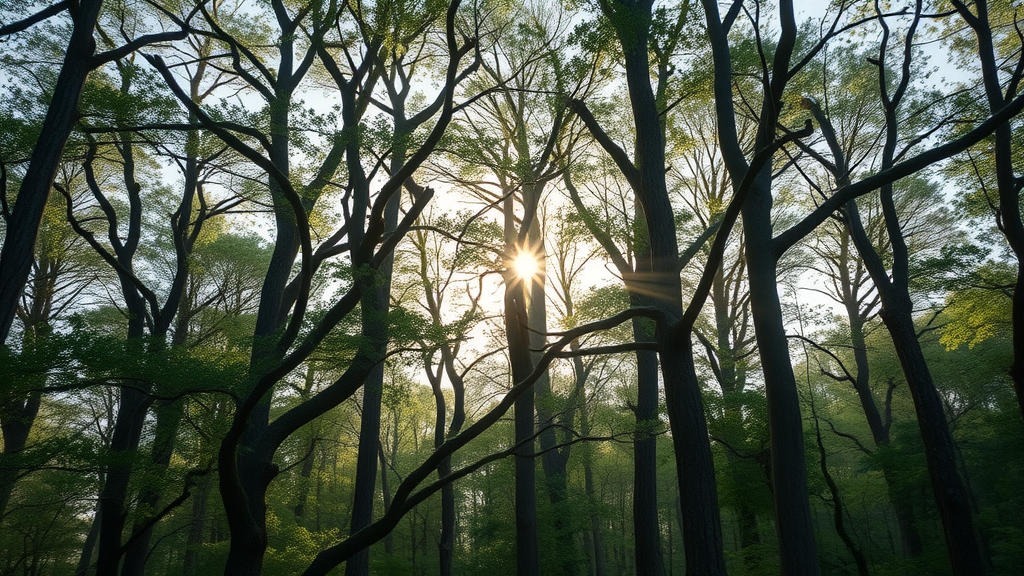
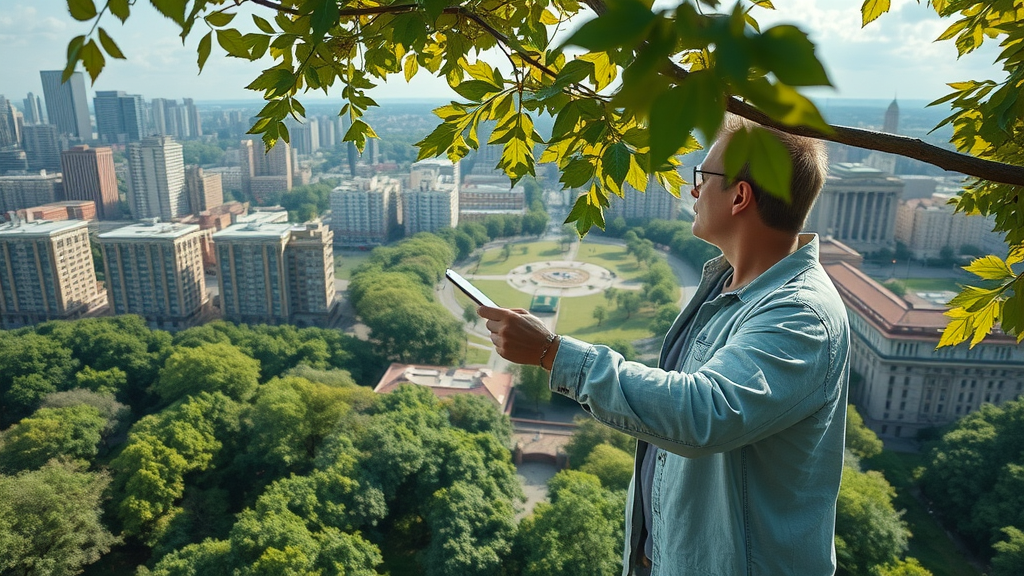

Write A Comment